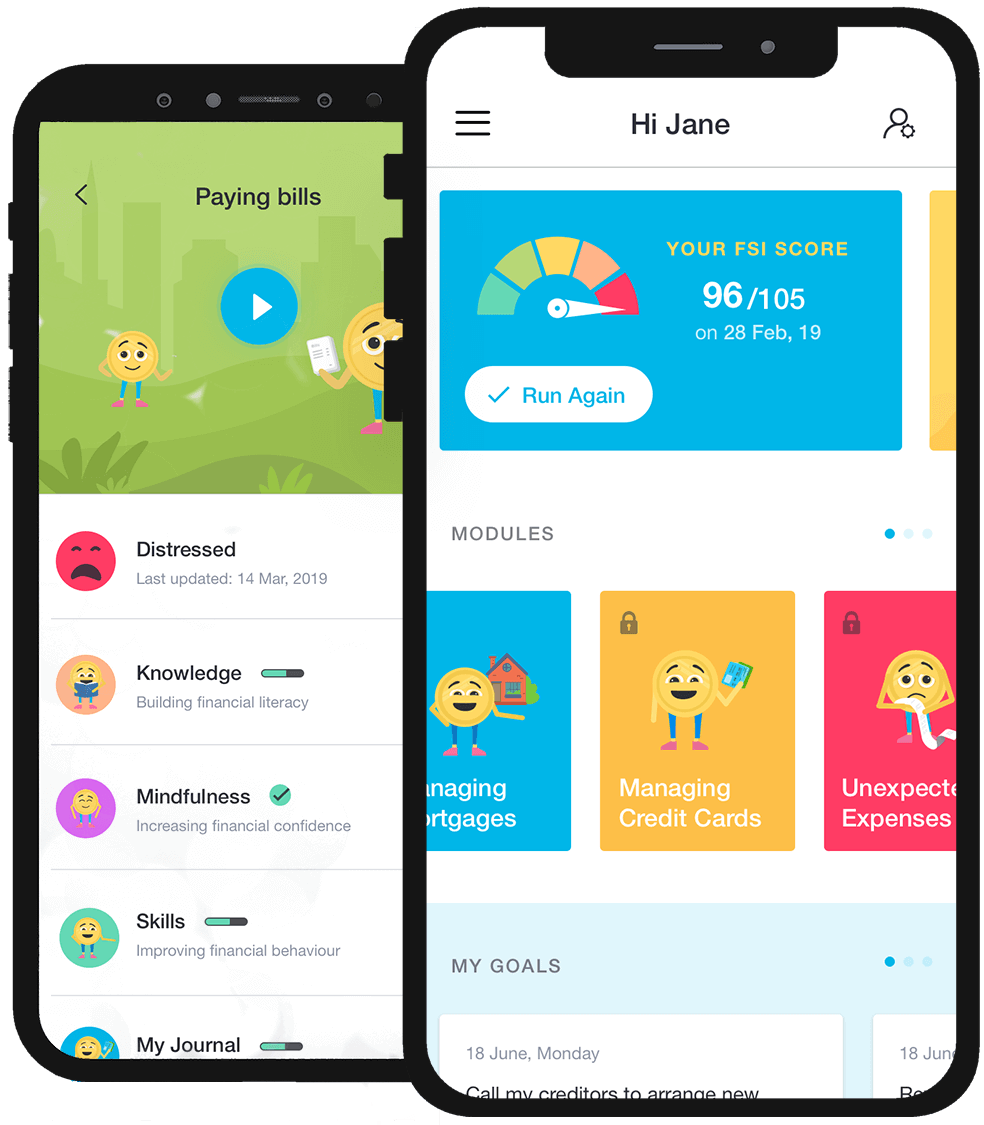[email-subscribers-form id=”2″]
The staggering costs of personal financial stress at work
The staggering costs of personal financial stress at work.
For a while we’ve known that financial stress has an impact on our productivity at work. But how much worse financially sick staff fare compared to their financially healthy colleagues will come as a shock.
It’s clear absenteeism and presenteeism is rife amongst employees feeling financially stressed.
American employees under financial stress were nearly five times as likely to be distracted at work as those without money worries (48% v 10%) according to PricewaterhouseCoopers’ (PwC) 2017 Employee Financial Wellness Survey of 1,600 fulltime employees.
Spending hours dealing with personal financial issues during work hours was a very common occurrence, with nearly one in three employees affected in this way. Just under half (49%) of millennials (aged 21 to 35) spent 3 hours or more in work time each week sorting out their money own problems, while the figure was 46% for Generation Xers (36 to 56 years old).
The problem was bigger for staff self-reporting financial stress: they were nearly twice as likely to spend three hours a week sorting out their money issues at work as those not under financial stress.
This group was also more than four times as likely to have trouble keeping up with credit card payments and twice as likely to take a day off work to sort out a personal financial crisis.
Twelve per cent of all employees self-reported “missing work occasionally” because of their personal money woes. The major issues affected by financial stress was health (cited by 28% of respondents) although it wasn’t defined as mental or physical; relationships (23%) and productivity (22%).
Overall, “more than half (53%) of employees report that they are stressed dealing with their financial situation and nearly half (47%) say that their stress level related to financial issues has increased over the last 12 months,” the report found.
These issues are also clearly getting worse for the two generations who dominate the workforce – Generation X and Millennials – and quickly. The report showed all the above issues had gotten worse in 2017 compared with 2016, for example, in 2017 there was a 9% rise on 2016 numbers in Gen Xers self-reporting their productivity was affected at work (23%).
The survey also asked respondents across the three main generational groups at work to define the meaning of “financial wellness”. To do this they were given several options and asked to pick the phrase that most closely matched their idea of “financial wellness.”
The option “not being stressed about my finances” was one of the most-cited definitions, especially by millennials who nominated lack of money stress ahead of “being debt free”.
This arguably means millennials especially saw worrying less as a defining characteristic of wellness, suggesting interventions including mindfulness – moment-by-moment awareness – could have use in improving employee financial wellness.
Each generation rated “not being stressed about my finances” as a bigger contributor to financial wellness than being able to meet day-to-day (or month) living expenses and being able to retire when they were ready.
It’s no wonder millennials felt so much stress financial worries; the report showed a big jump in the percentage of 21-to-35 year olds who carry balances (stay in debt) on their credit cards (a huge 70%, up from 53% in 2016).
Comparative data showed that is nearly a 100% rise from 2013 in Millennials locked into debt on their cards.
The proportion of millennials struggling to meet minimum monthly repayments has also skyrocketed in recent years, up to 39% in 2017 from 23% in 2013.
Sixty-three per cent of Generation Xers carried a credit card balance.









